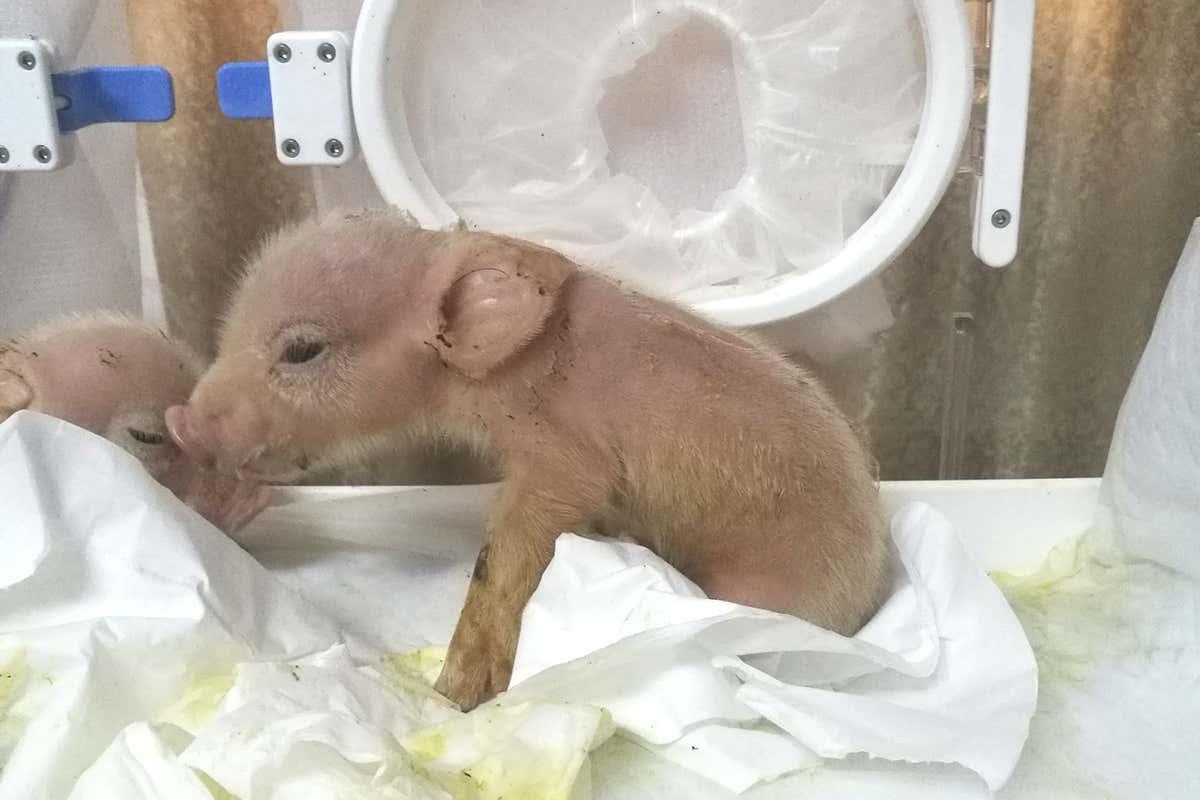The age of the pig-monkey is upon us.

Scientists in China say they’ve successfully created two pigs that were born with a small proportion of monkey cells in their bodies. The chimeras — or creatures created with two sets of DNA — lived for a week before they died, according to a paper published in the journal Protein & Cell.
The pig-monkey hybrids had the head of a pig, the body of a pig and pretty much all the other features of a pig, but many of their internal organs included a small amount — less than 0.1 per cent — of macaque monkey cells.
“This is the first report of full-term pig-monkey chimeras,” Tang Hai, one of the study’s corresponding authors, told The New Scientist. Hai and his team produced the chimeras at the State Key Laboratory of Stem Cell and Reproductive Biology in Beijing.
The hybrids are part of a broader effort to one day use pigs to grow human organs for transplantation. It’s illegal to create fully grown human-animal hybrids, so Hai and his team used another primate as the next best thing.
They created the chimeras by developing embryonic monkey stem-cell embryos, then injecting them into pig embryos five days after fertilization. The scientists implanted thousands of these embryos in sows to be carried to term.

Get weekly health news
The process produced 10 piglets: eight normal ones and two chimeras. They all died within a week, although the cause of death has not been determined.
Hai suggested they died due to complications with the in vitro fertilization process because the purebred pigs didn’t survive, either.
The Chinese scientists aren’t the only ones pushing the boundaries of science and science fiction. A Japanese scientist is also trying to create a human-rat hybrid in order to grow a human pancreas.
Scientists in California created pig-human hybrids in 2017, but they were only allowed to grow for a month before they were destroyed.
Hai says his team will try to produce more chimeras with a higher proportion of monkey cells in the future.




Comments